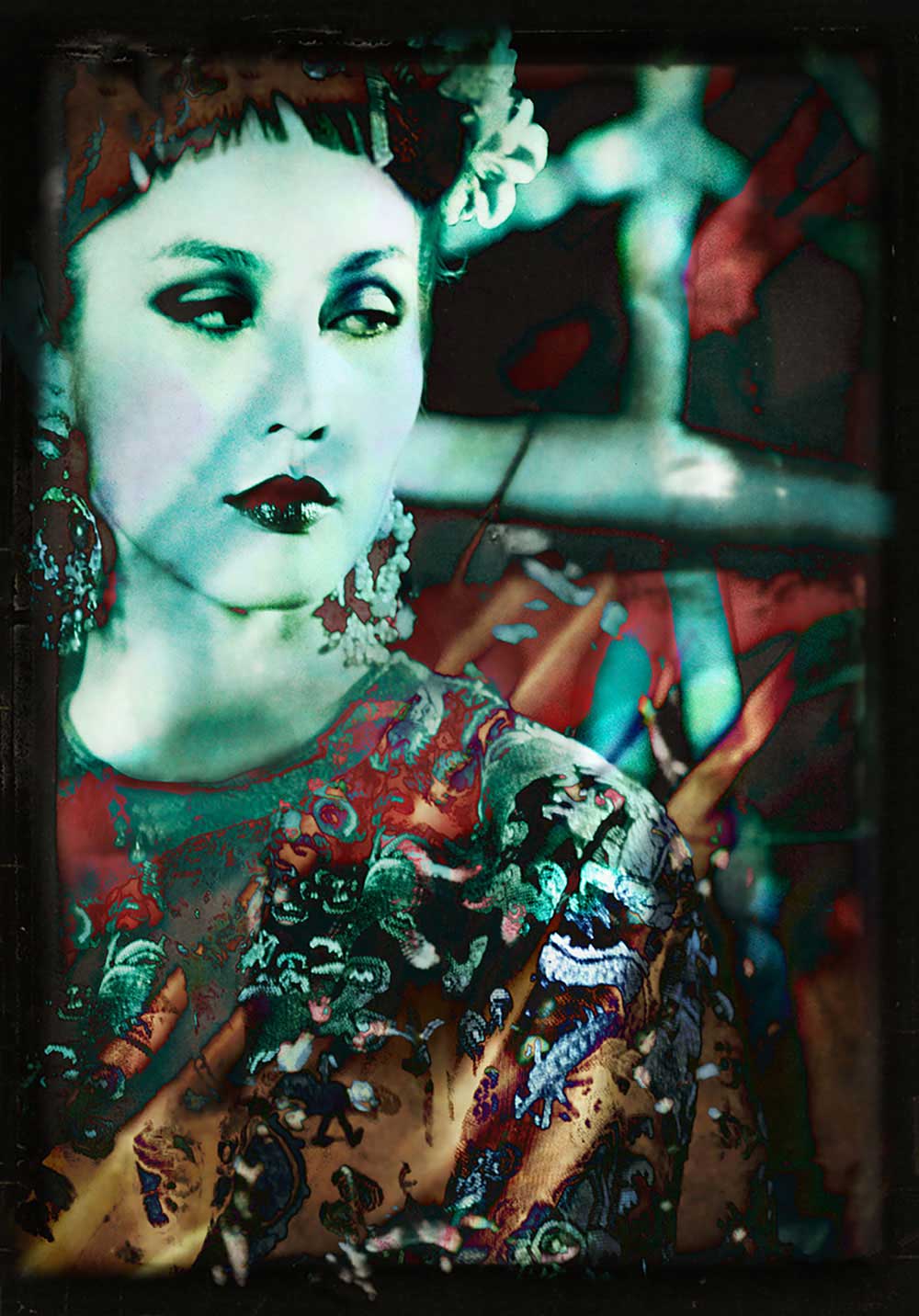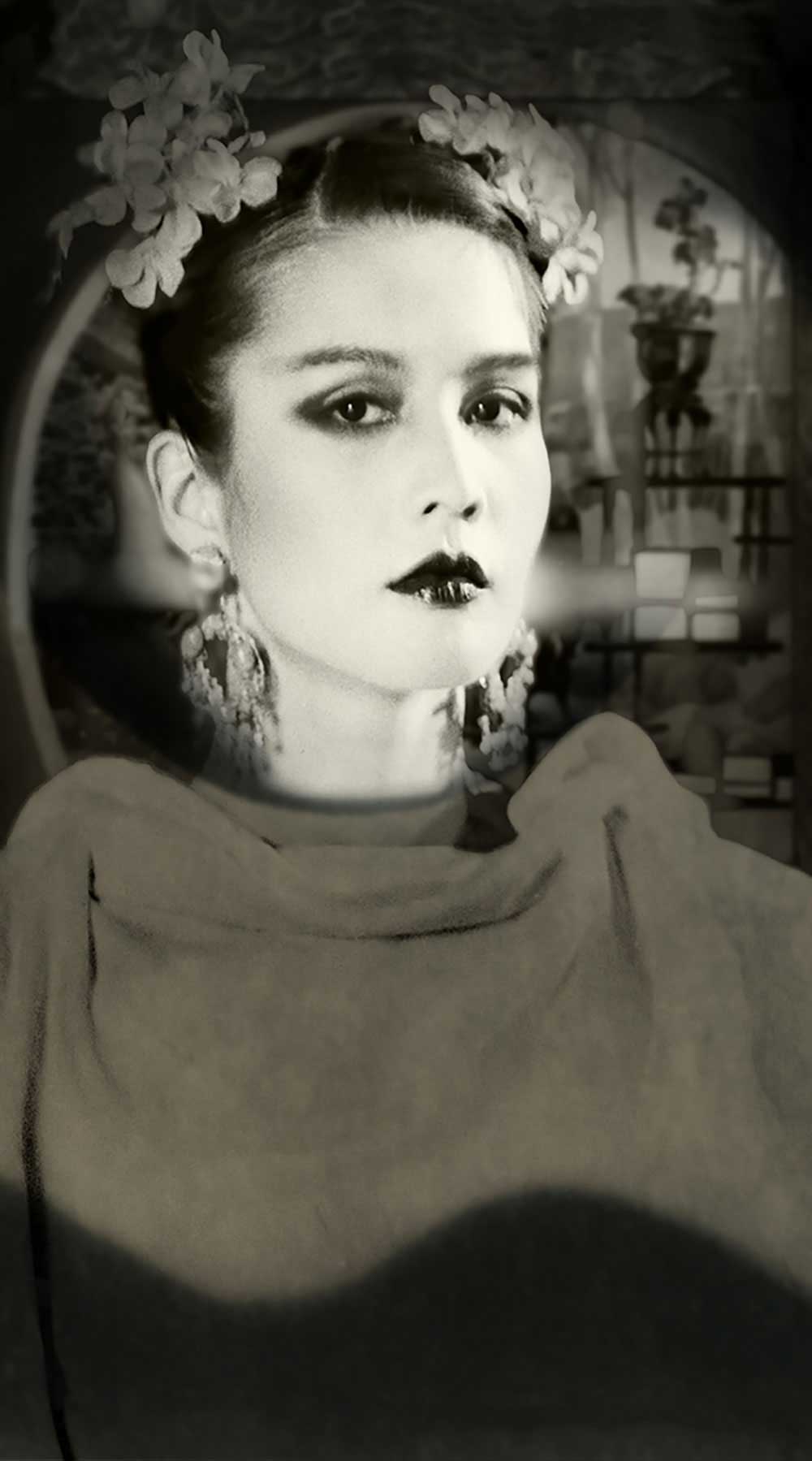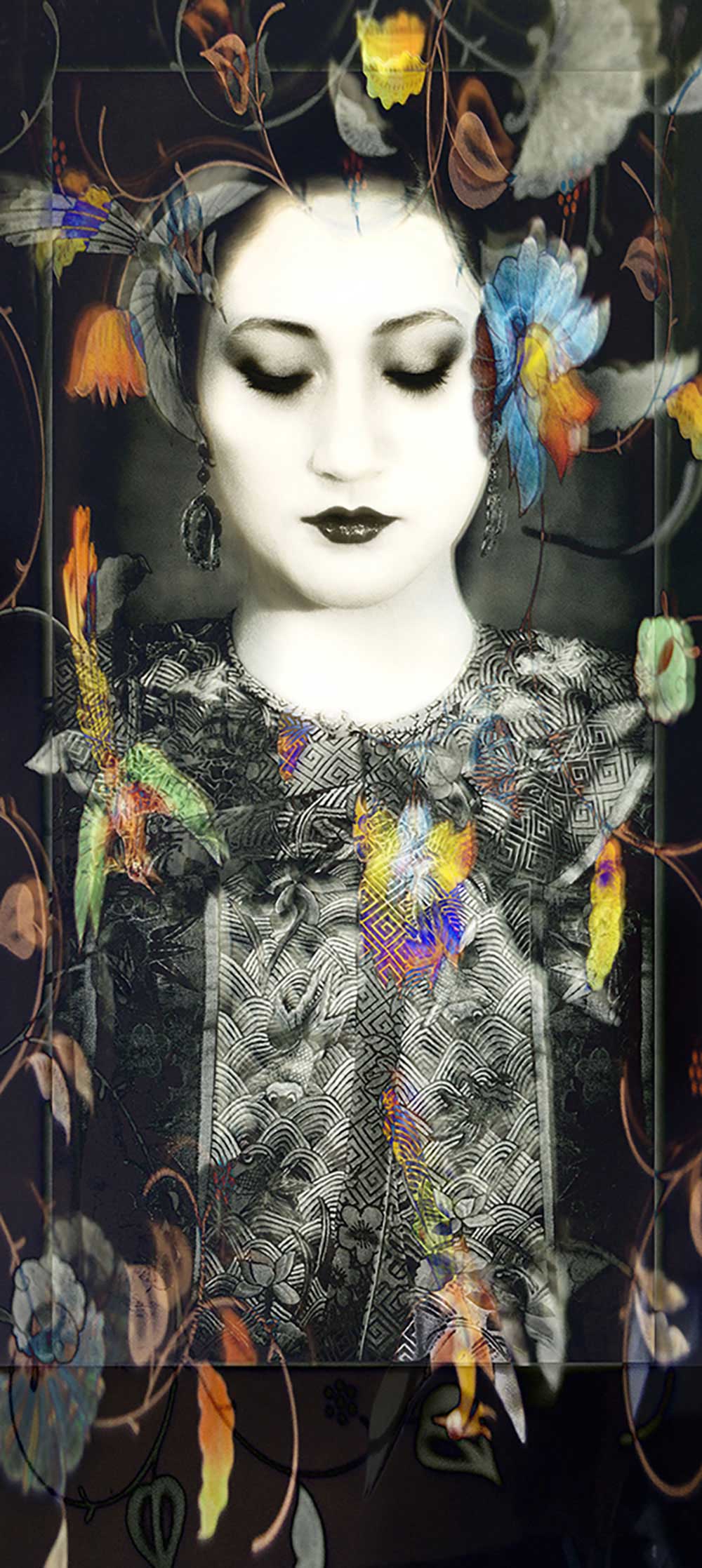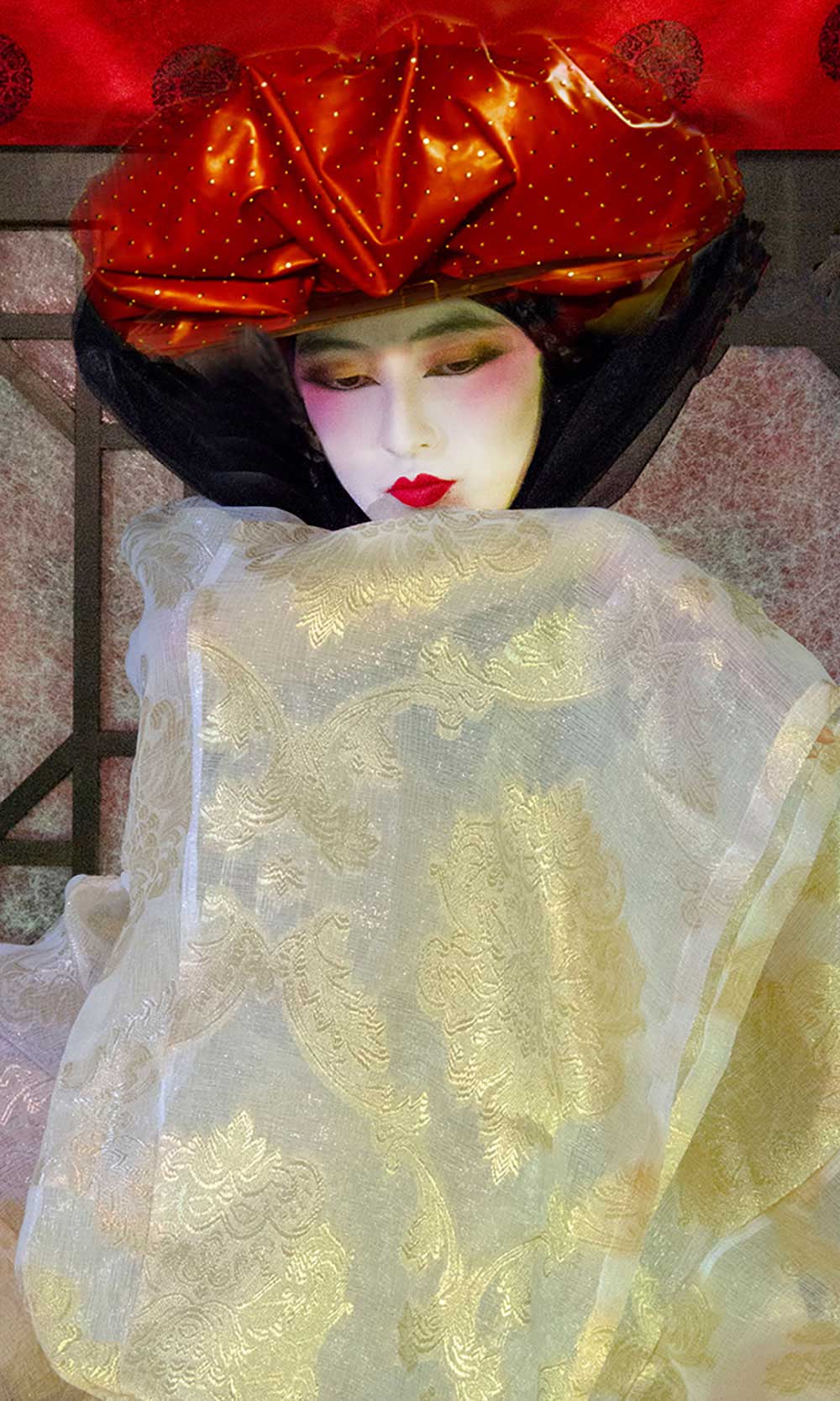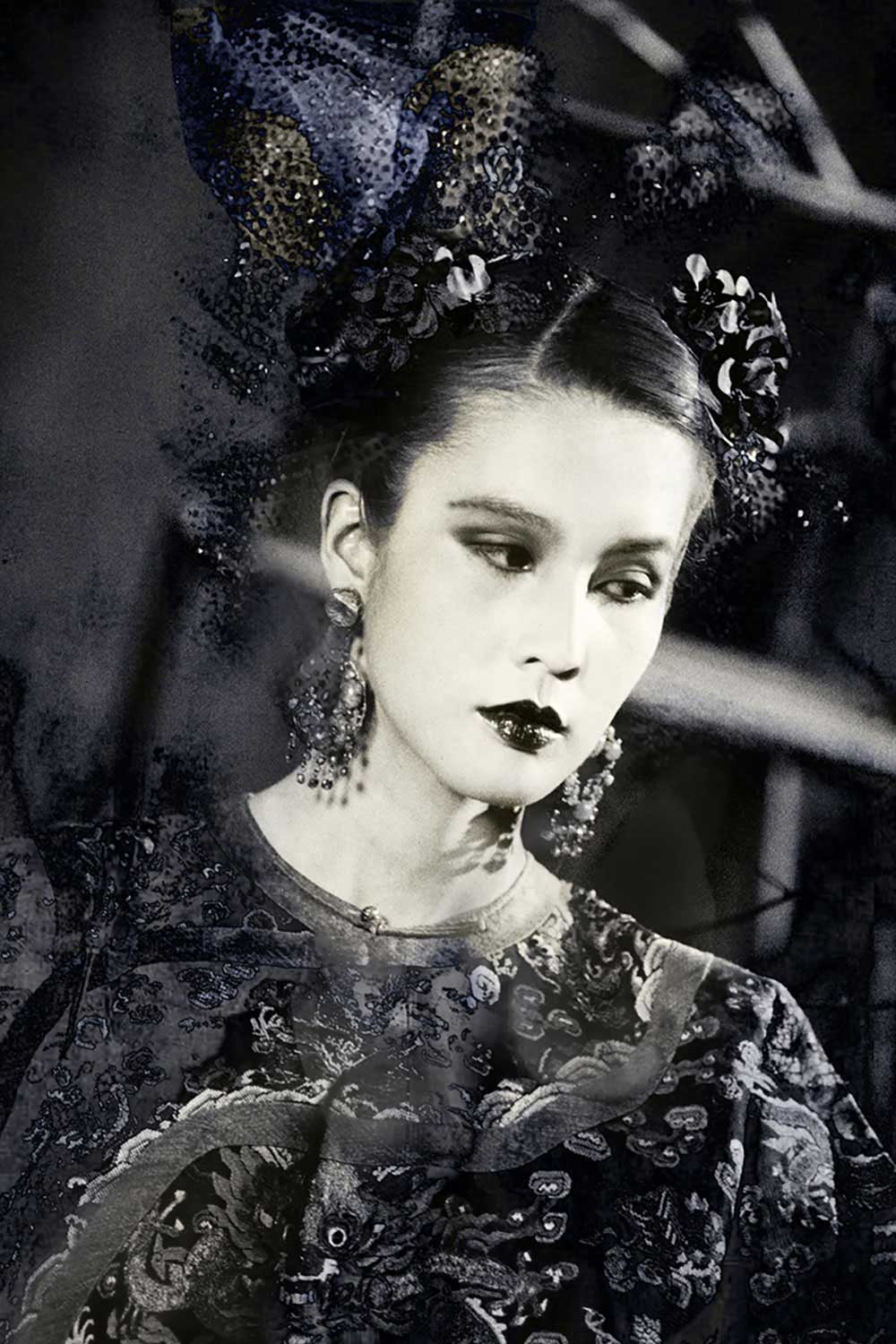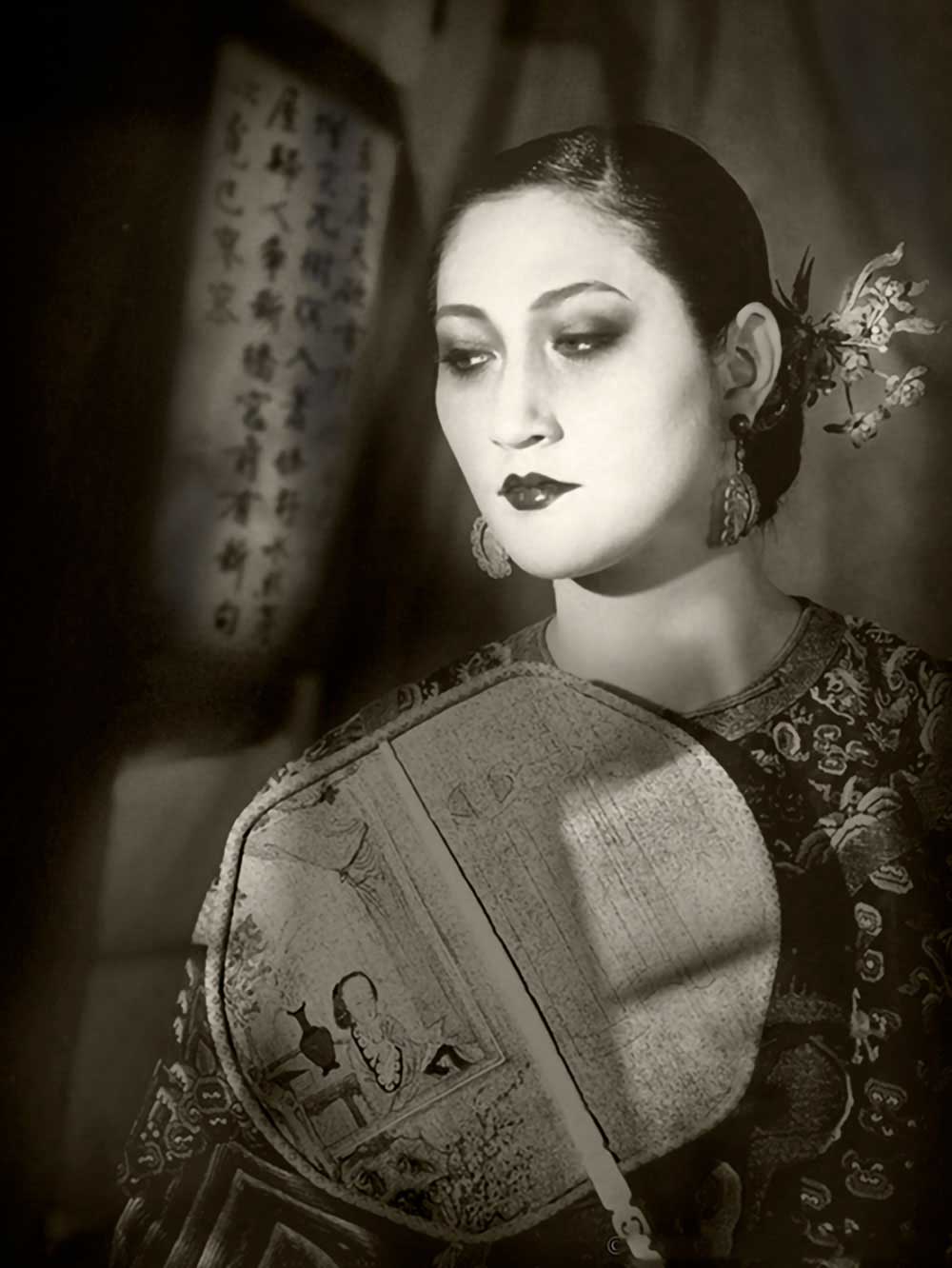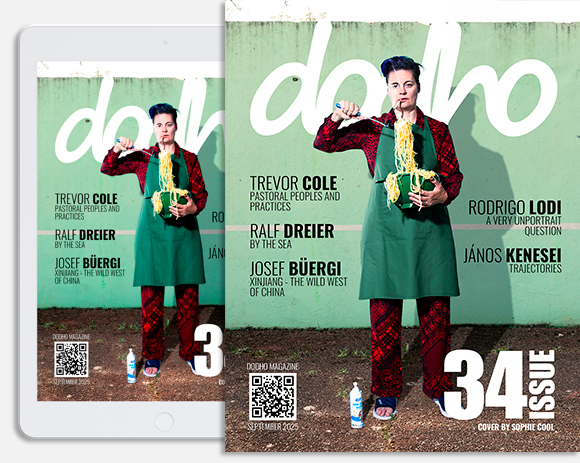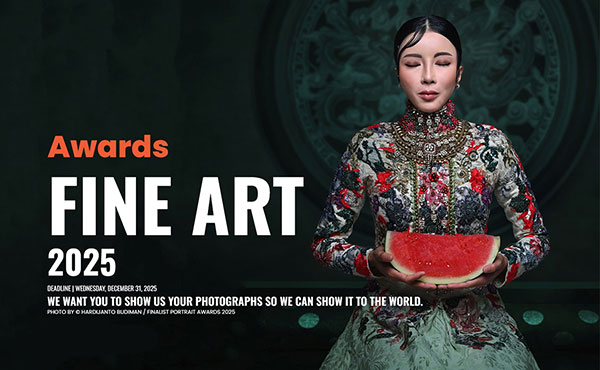Lisa Powers created a ‘photographic history’ of Empress WanRong after she learned of her short, tragic life. She wanted, through this re-creation, to give WanRong the recognition she never received in life.
The last Empress of China was the beautiful and Western educated WanRong who was selected (against her will) to marry Emperor PuYi when she was just 16. PuYi selected his bride from photographs of eligible young girls. The photographs that were presented to PuYi were not of fine quality and he chose a girl who was inappropriate for his wife as she was only 12 years old.
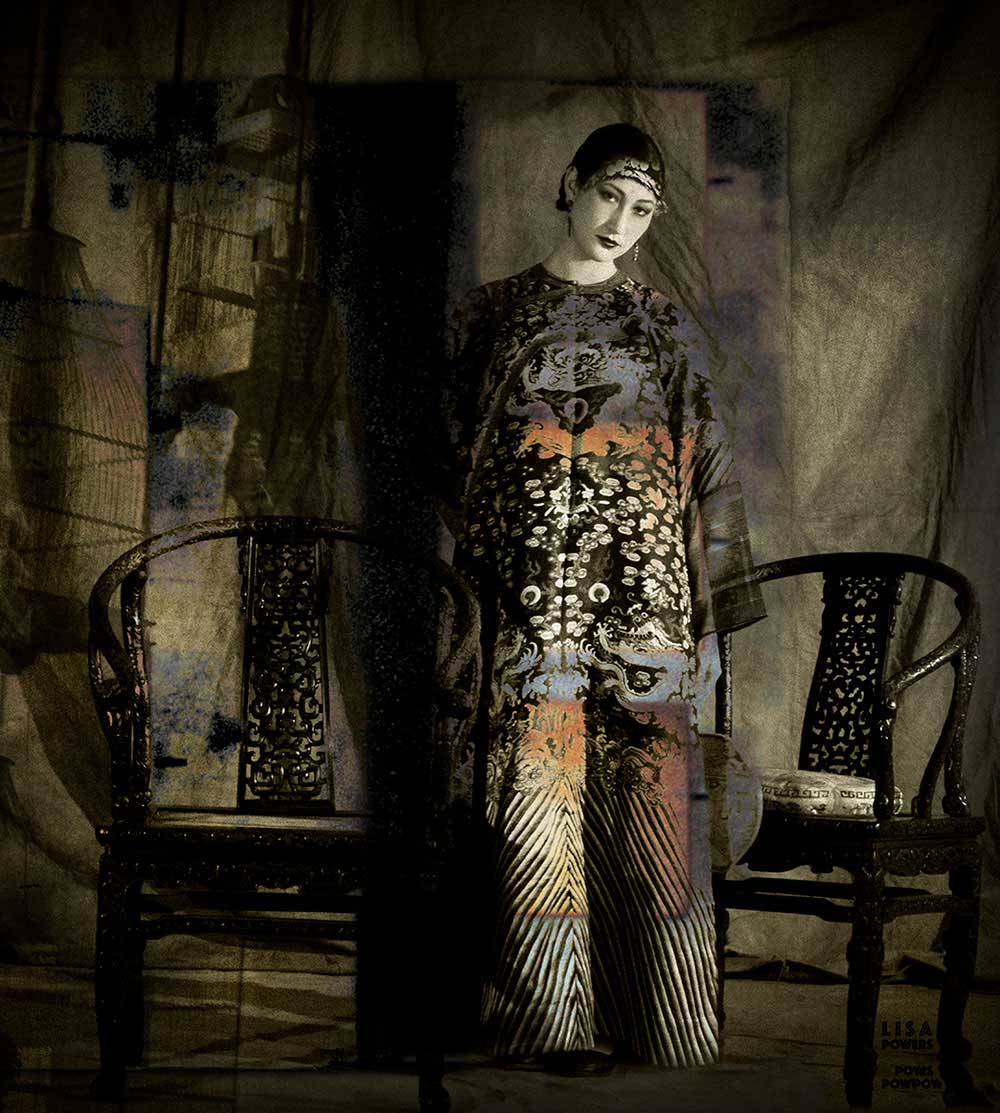
Lisa was presented with several garments, furnishings, jewellery, and decor from the Last Emperor of China (PuYi) to photograph for an article in Art&Antiques magazine.
The garment is an actual Imperial garment, and the two chairs are authentic late Qing Dynasty. The Qing Dynasty was the last Imperial dynasty of China, ending in 1912 with the abdication of the Emperor.
The garment is entirely covered in embroidery and lined with stiff linen making it quite heavy to wear.
PuYi’s family then selected WanRong for him and they married. His original choice, the 12-year-old girl, became his concubine. WanRong was trapped between her sophisticated modern Western education which she embraced, and the confinement of Chinese Imperialist culture in the Forbidden City. After only a couple of years of marriage, PuYi and WanRong were forced out of the Imperial Palace in the Forbidden City by the Japanese invasion and installed as Emperor and Empress of the Japanese puppet state, Manchukuo in Manchuria.
WanRong had no love for her husband PuYi and had affairs with his aides. She even gave birth to a daughter but the whereabouts of this child are unknown. It’s clear that WanRong was not permitted to raise her baby girl as PuYi was enraged at her infidelity. There were rumours that PuYi killed the child, and other rumours that the child was given away.
WanRong was in such despair that she started using opium as a sedative. In 1945 the Soviets invaded Manchuria, where Manchukuo was located. PuYi fled for his life leaving his wife behind. As as a result, she was captured by the Chinese Communist guards. She lived in different internment camps and eventually died of opium withdrawal and malnutrition in prison at age 39. To this day, her remains were never found. She vanished completely.
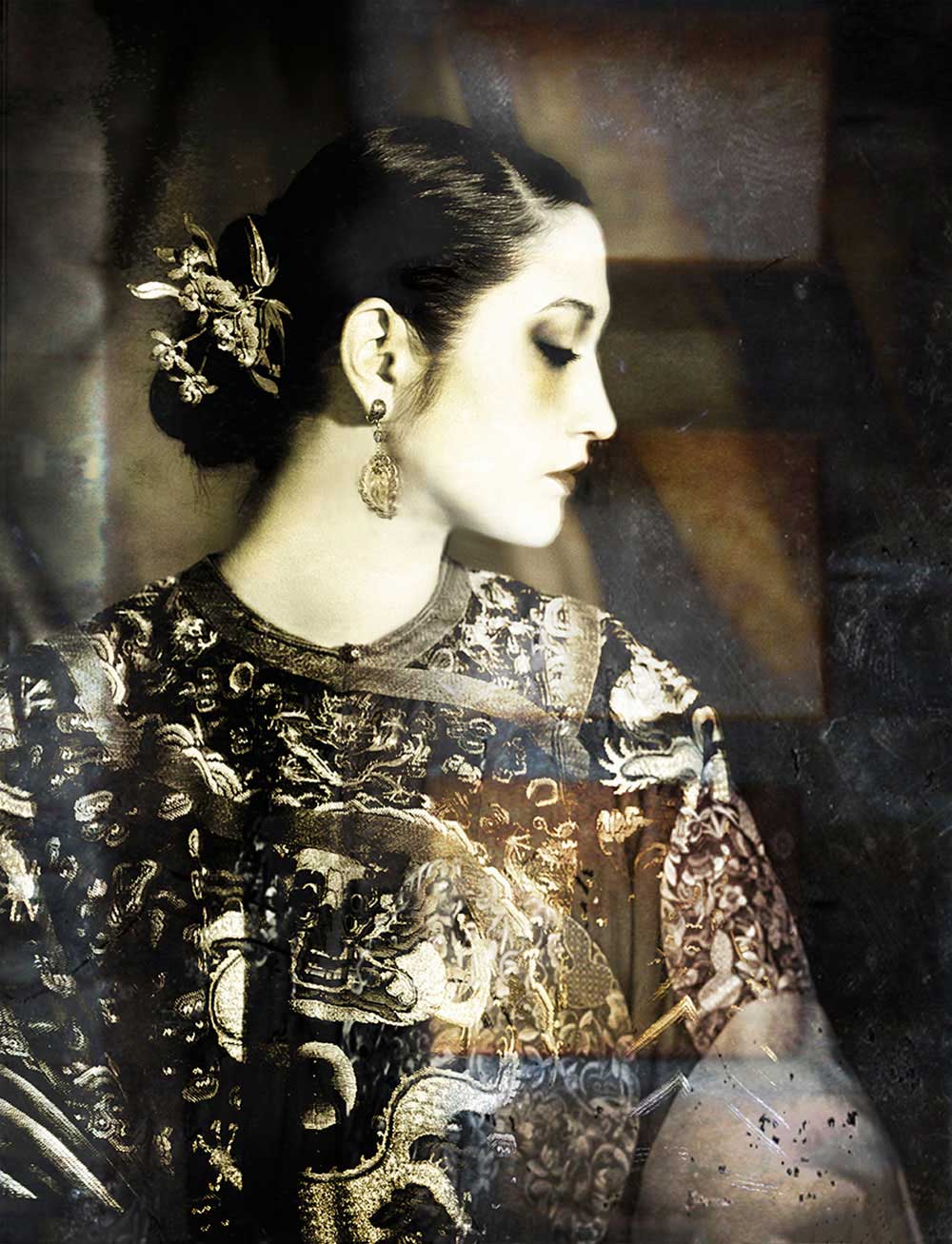
A close-up view of the extraordinary Imperial garment.
About Lisa Powers
I was born in the south of France. My heritage is of French/Italian lineage. My family and I moved to New York when I was ten years old. I began learning photography when I quit my day-job in a small advertising agency for a job in a large commercial photo studio.
My ambition was to become a professional freelance commercial photographer and I learned by watching the studio photographers shoot in the daytime, then shooting for myself with models at night. I learned more by artistic experimentation than technical correctness since I had no technical knowledge. This was in the film era, long before digital cameras. For the next thirty years I was one of the few women working successfully in commercial photography, an industry which was/still is largely male-dominated. In 2008 I relocated with my four kitties from New York to New Zealand and I took my photography in a new direction: Fine Art.
I’ve been honoured with many prestigious photographic awards as well as Distinctions Award from The Royal Photographic Society, London. My Photographic Art has been exhibited in art galleries in New York, Los Angeles, Paris, Tokyo and New Zealand. My recent series, “WanRong: The Last Empress of China” is a portrait re-creation honouring Empress WanRong. It was exhibited at The FoGuangYuan Art Gallery, New Zealand.
“I don’t capture pictures, I create them from nothing in my studio… not as one would perceive them in reality but as imagined images. To do this, I build from an idea. Choosing the right model to direct is crucial. I am completely self-taught and perhaps because of that, I am fearless. I love mixing analogue film with digital effects.”
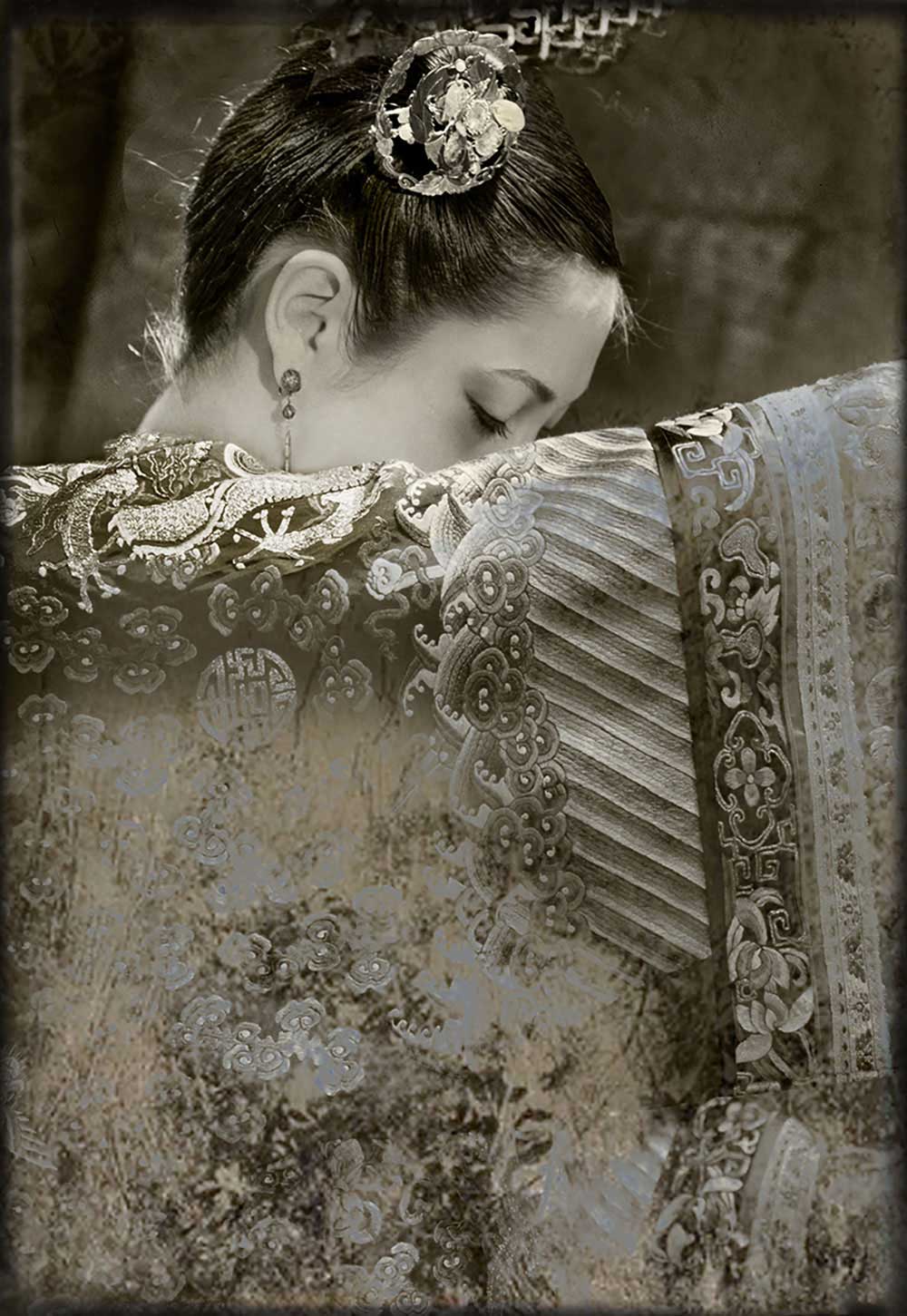
The art of embroidery was widespread throughout China from the Han Dynasty (1027BC) to the end of the Qing Dynasty in 1912.
The Su embroidery style was the most favoured by the Qing Dynasty. It is recognised by its refinement with clearly demarcated delicate lines and overall elegant design. This garment is a stunning example of Su embroidery.
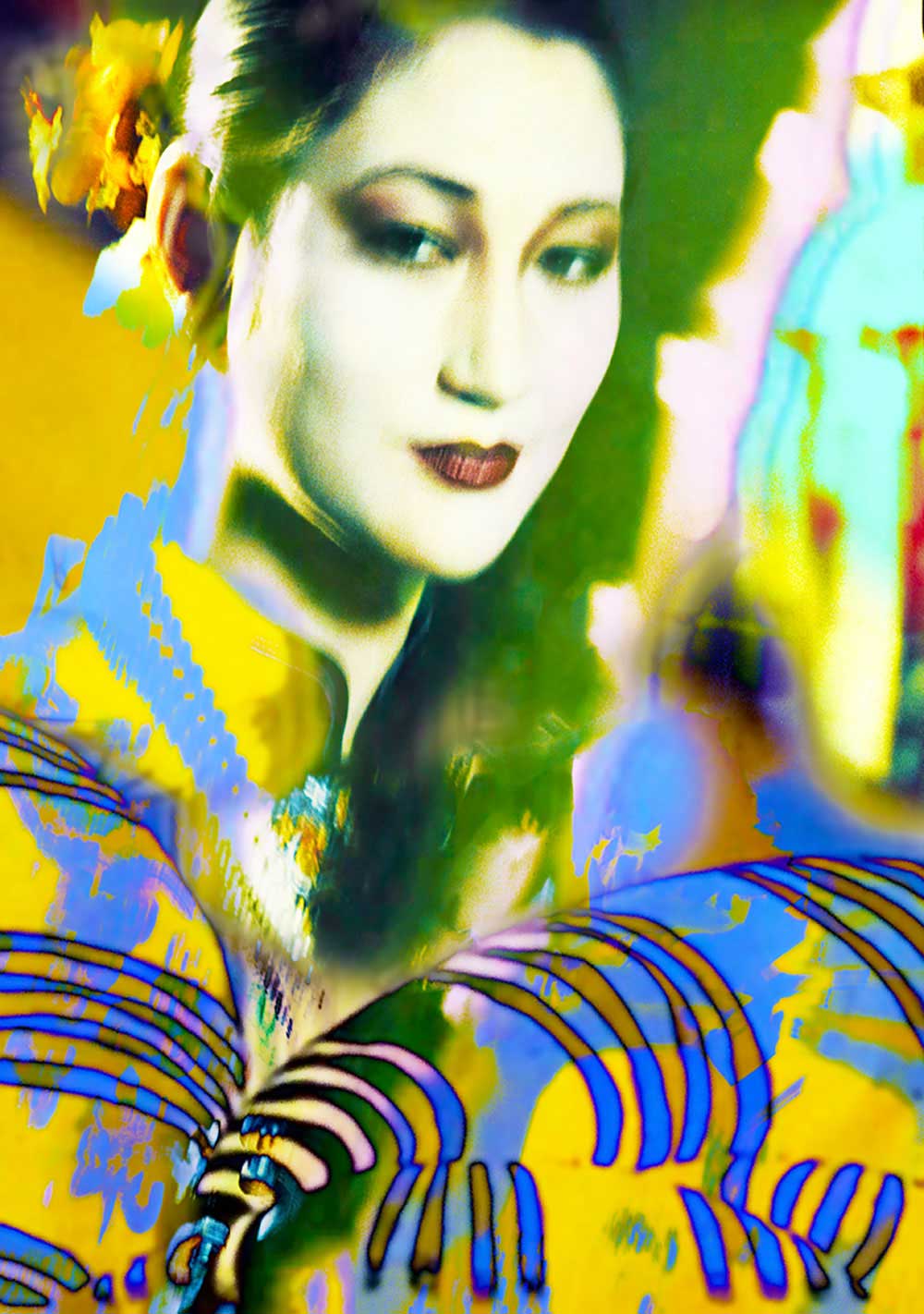
Yellow, in Chinese culture, is considered the most beautiful and prestigious colour. Yellow generates both Yin and Yang, implying that yellow is the centre of all things. Yellow was the emperor’s colour in Imperial China and was used exclusively in the robes and attire of emperors.
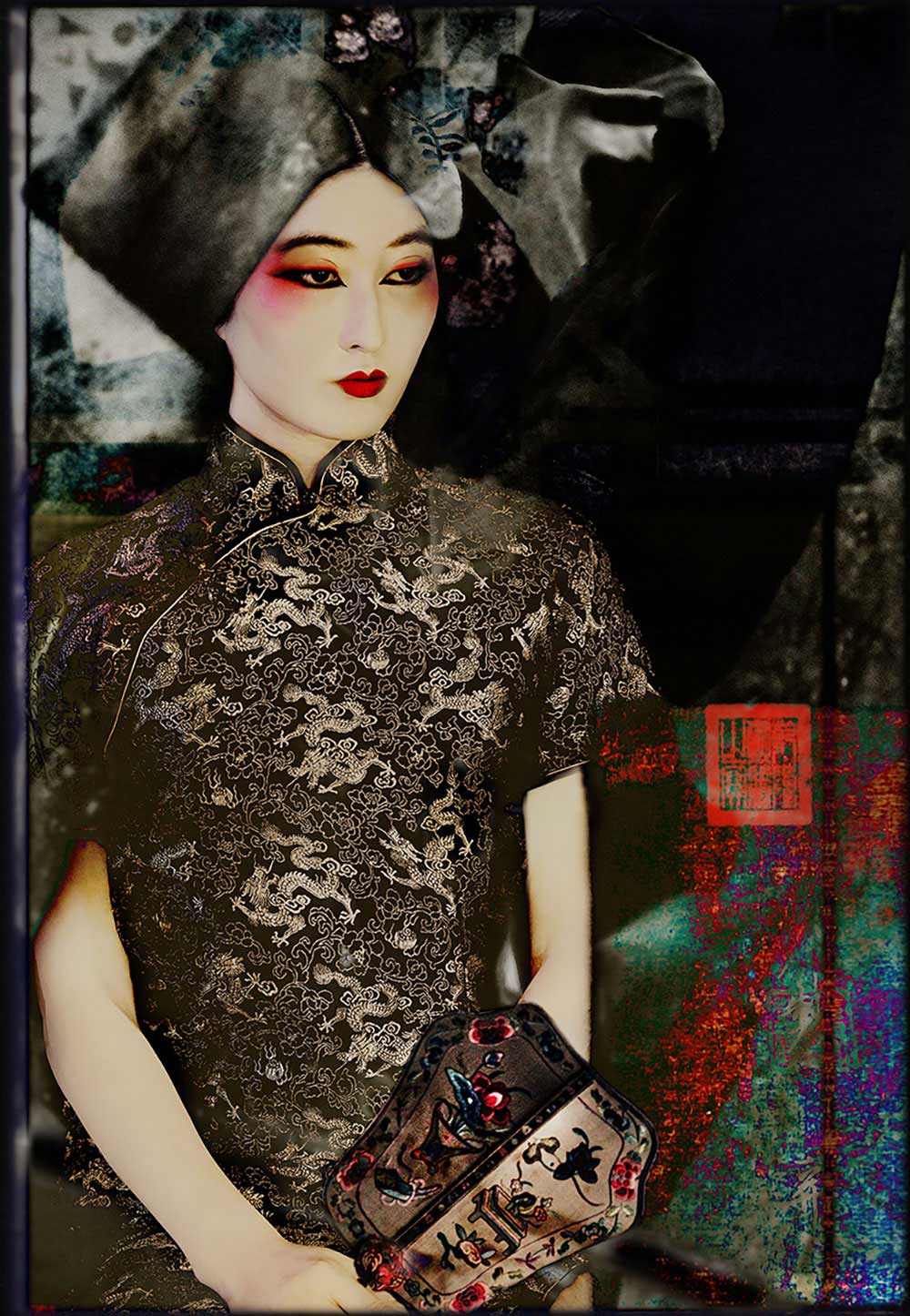
During the Song Dynasty (420-479) silk fans became the favourite of young ladies, especially those in the imperial Palace in The Forbidden City. Beautiful scenes of mountains and waters or flowers were embroidered on the face of the fan. The flat silk fan was popular in China for nearly 1,000 years and even enhanced the development of painting. Chinese silk fan painting became an independent art form.
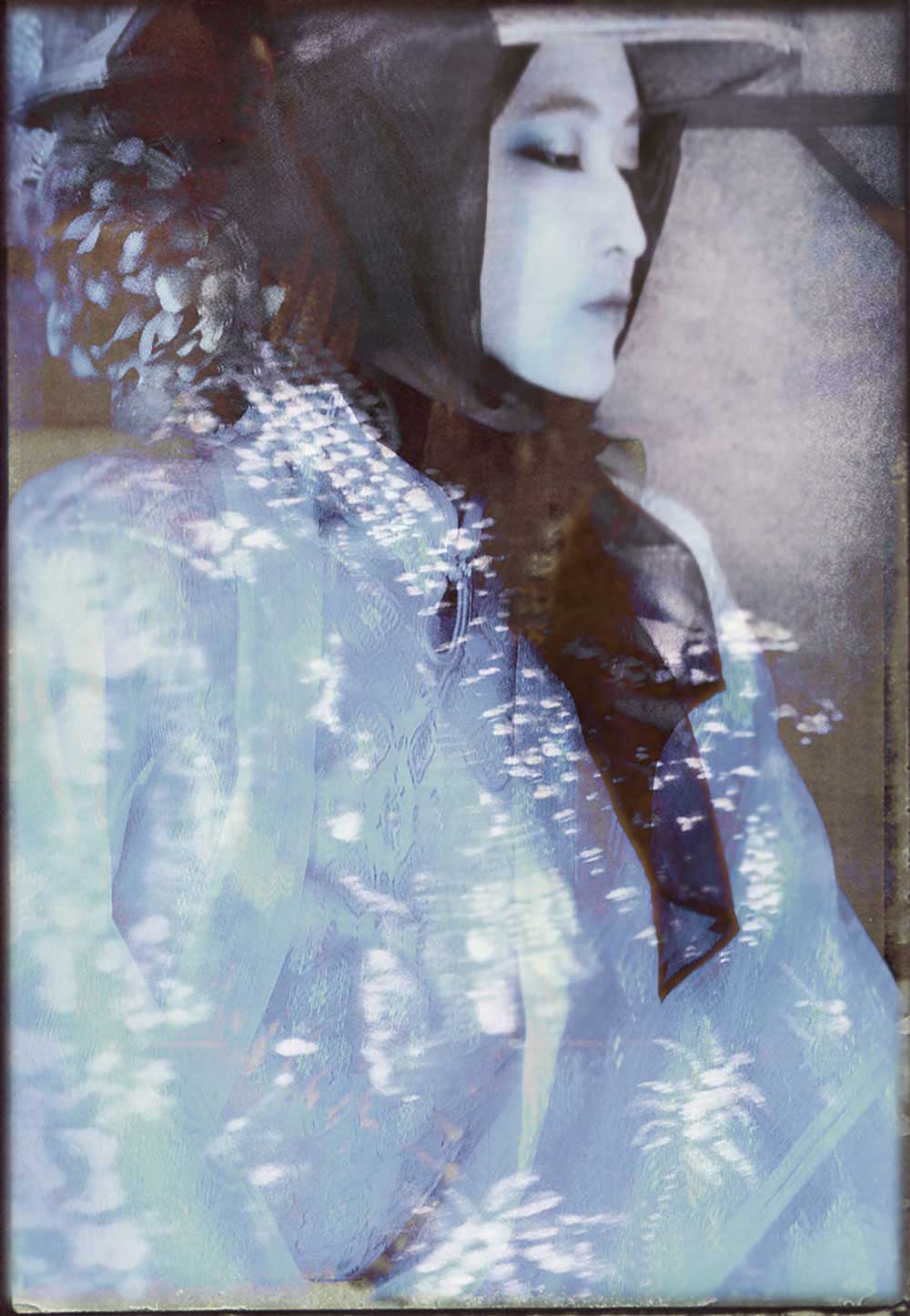
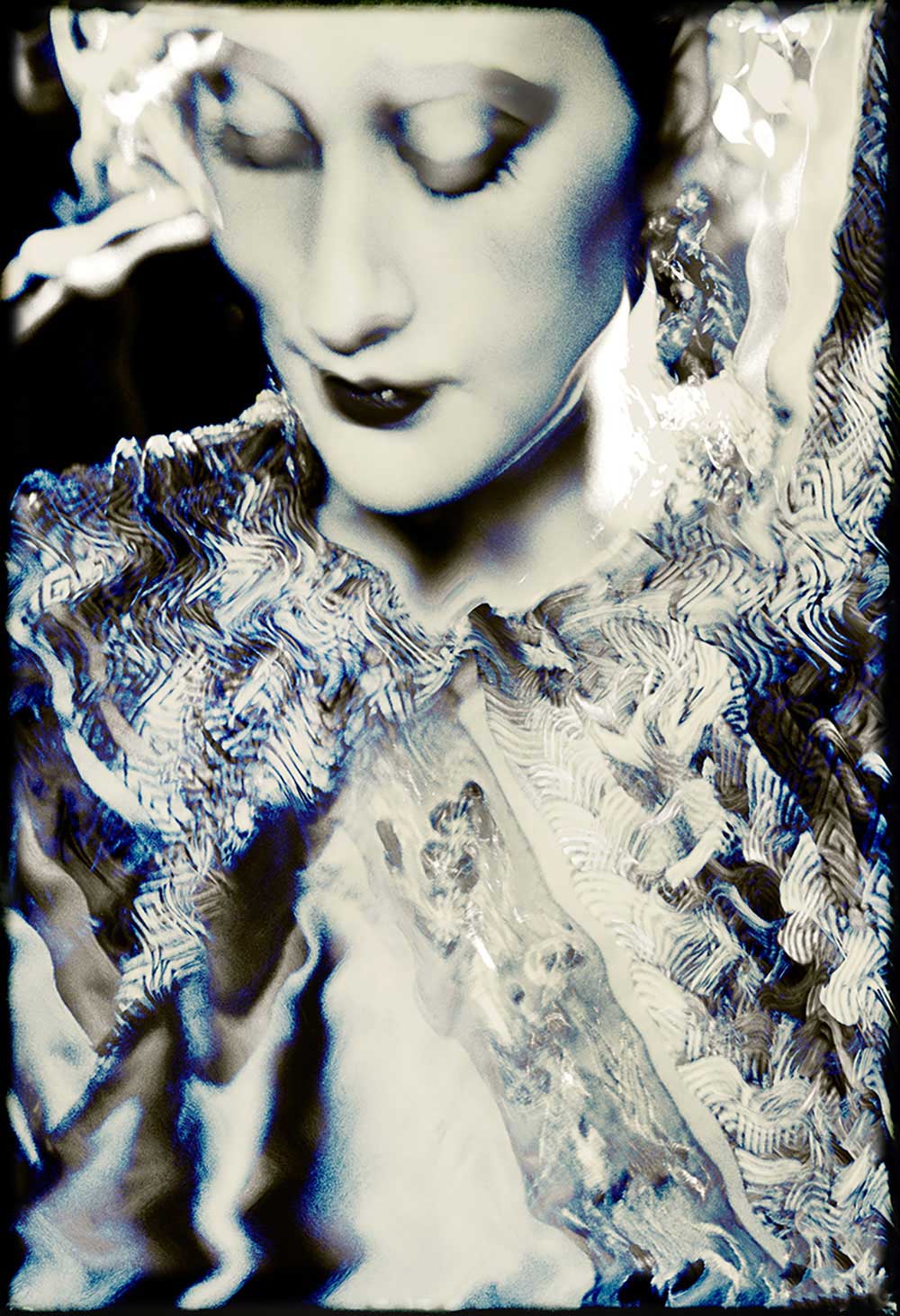
In the latter part of the 1700’s silver gradually replaced gold as the standard currency in China. By the end of the Qing Dynasty (1912), silver had become integrated into the arts in the form of decorative vessels, silver embroidery threads and fabrics.
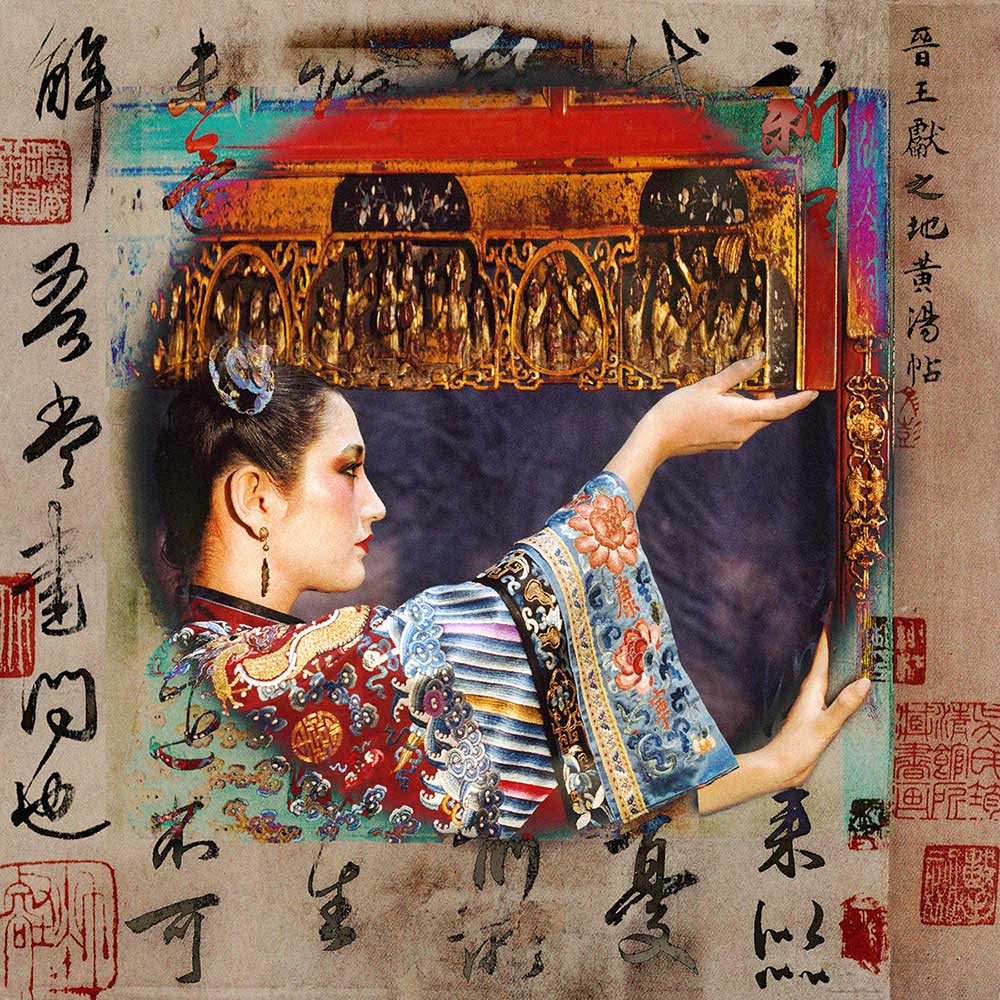
The “forbidden” stitch in Chinese embroidery can be found on most Imperial garments of the Qing Dynasty (1644 – 1912).
The stitch is not actually a stitch, but a knot made by wrapping silk thread around a needle then piercing it into the fabric. It took hundreds of these tiny knots to fill design areas and it was believed that the needle workers (usually young girls) would go blind, thus it was forbidden.
More likely, it was forbidden because it was to be used solely to embroider Imperial garments. The Emperors of China and their Imperial family all lived in the Forbidden City, thus the stitch was named The Forbidden Stitch…also forbidding it from being used for the general population.
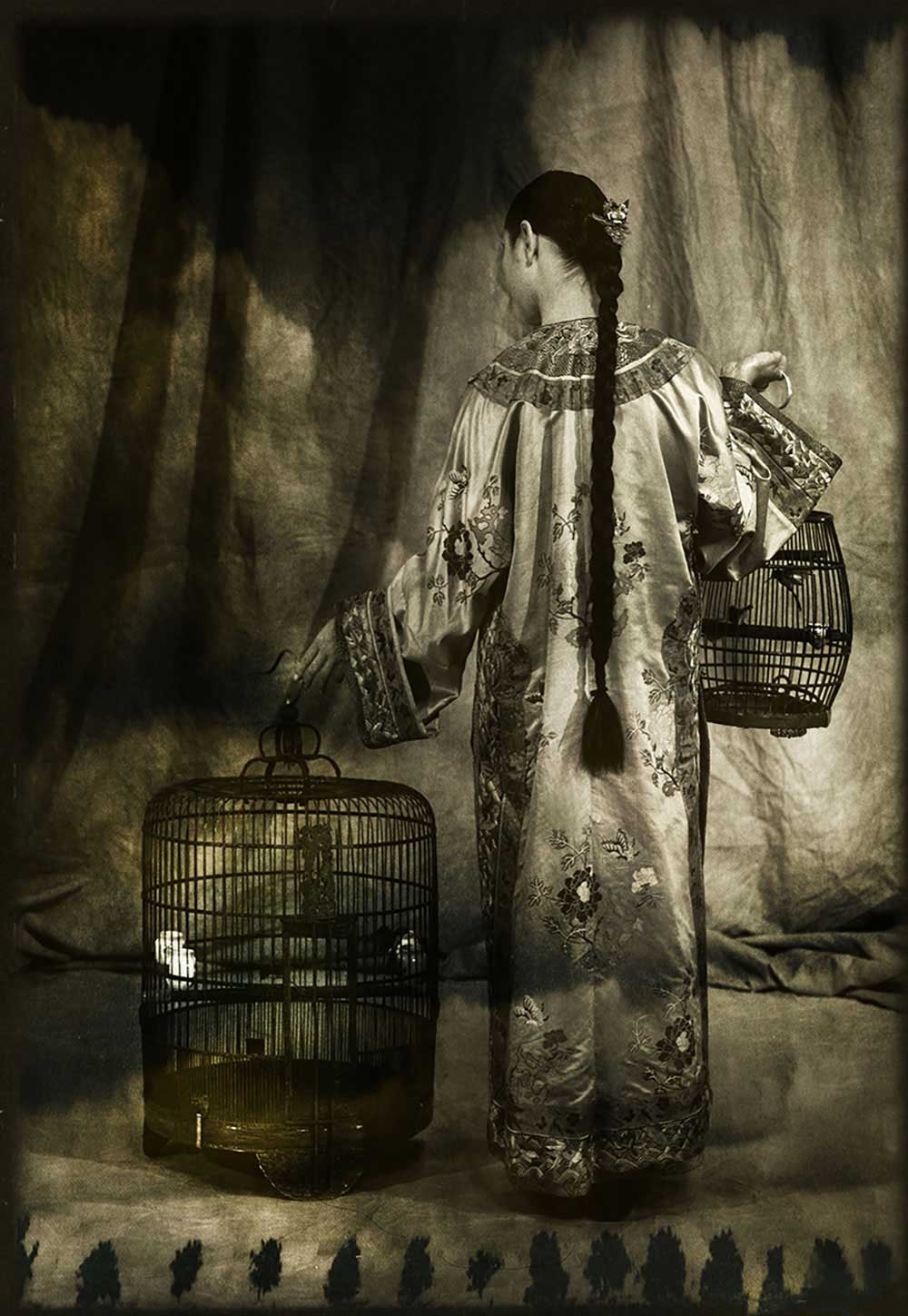
The keeping of birds in decorative cages began as a hobby of the Imperial family in the Forbidden City at the end of the Qing Dynasty (1912) and continues in Beijing today. It was originally a way for the idle- rich to pass the time, but after the Imperial family was exiled, many people were left unemployed. Selling caged birds became a source of income for them.
